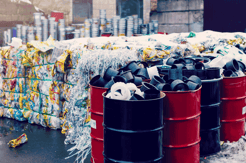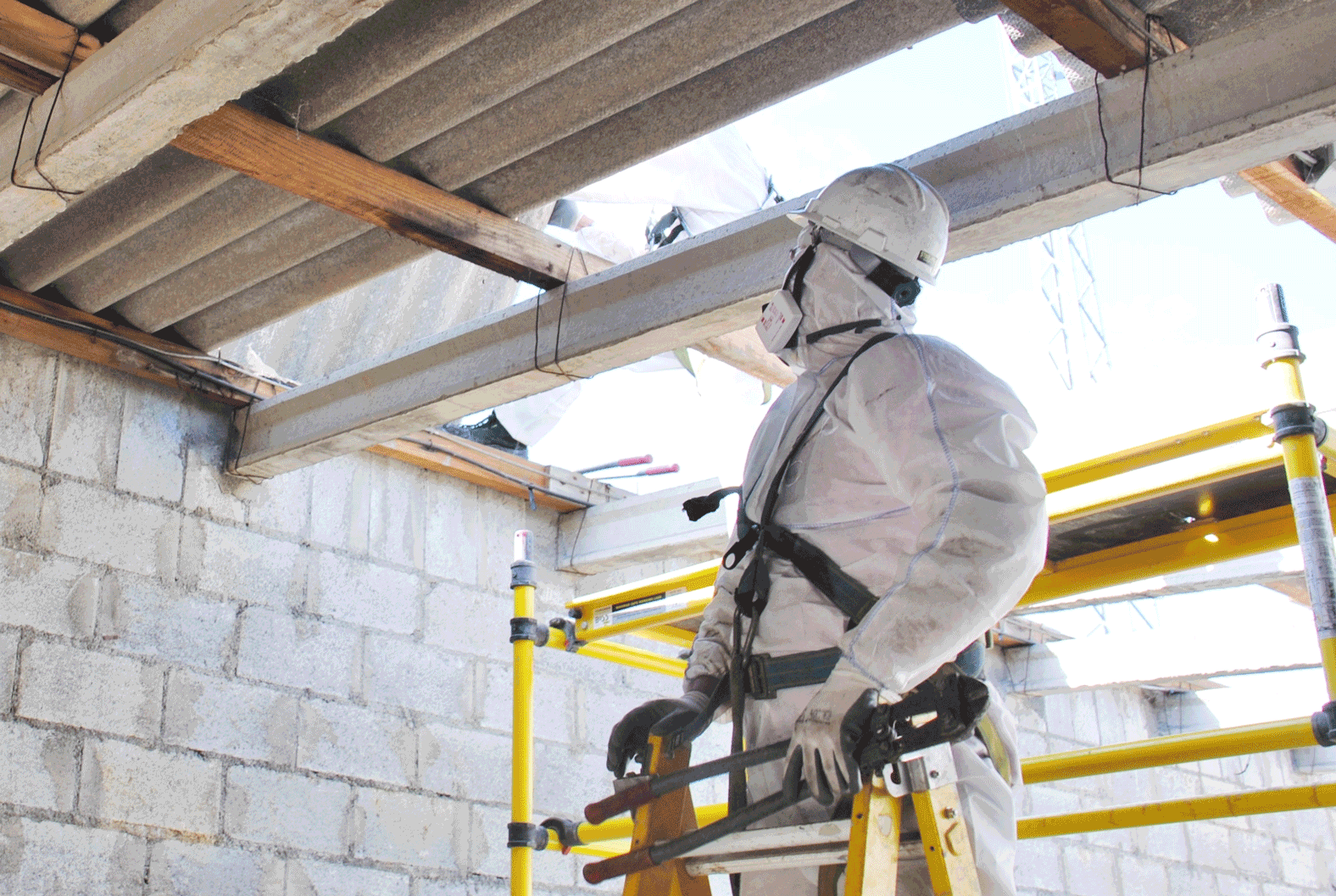On May 12, 2022, the US Department of Justice (DOJ) published an interim final rule that revokes a Trump-era prohibition against its attorneys’ use of payments to third parties, including via “supplemental environmental projects (SEPs)”, in settlements with violators of federal environmental laws. (I discussed Trump Administration policies several times, most recently HERE). In these cases, DOJ acts as the attorney for the agencies, such as the Environmental Protection Agency (EPA), that enforce laws and regulations allegedly violated. This rule change would codify policy changes presented in a memorandum from Attorney General Merrick Garland to US attorneys. This change is designed to restore flexibility to DOJ’s US attorneys to trade penalty dollars for more rapid commitments by wrongdoers to undertake actions to offset harms caused by their violations.
Read MoreAudit, Compliance and Risk Blog
Department of Justice Reviving Use of Supplemental Environmental Project Agreements
Posted by Jon Elliott on Mon, Jun 13, 2022
Tags: EPA, DOJ, SEP, Environment, Climate
California continues temporary requirements for COVID vaccination and testing
Posted by Jon Elliott on Mon, Jun 06, 2022
As public and occupational health agencies around the world continuously reevaluating their responses to the developing COVID-19 pandemic, California has again weighed in on the side of continuing formal controls. Effective May 5, 2022, California has revised and extended its COVID-19 Prevention Emergency Temporary Standard (ETS) until January 1, 2023. (I wrote about the most recent previous iteration adopted in February HERE). The ETS is presented as 5 rules, which are administered by California’s Division of Occupational Safety and Health (DOSH, but universally called Cal/OSHA). The remainder of this note summarizes these revised standards, which appear in Title 8 of the California Code of Regulations (CCR):
Read MoreTags: Health & Safety, OSHA, Safety and Health at Work, Covid-19, workplace safety, California, Vaccination, Healthcare

On May 4, 2022, the US Environmental Protection Agency (EPA) published notice of a proposed consent decree in litigation brought by the environmental group Center for Biological Diversity (CBD). EPA proposes to issue a decision responding to a petition filed by CBD in 2014, about whether to list discarded polyvinyl chloride (PVC) as hazardous waste under the Resource Conservation and Recovery Act (RCRA). CBD filed the suit early in 2021, after EPA had taken no action on its petition for seven years, claiming that the agency’s inaction violated a duty to act. EPA is now ready to commit to issue a proposed decision no later than January 20, 2023, and a final decision by April 12, 2024.
Read More
Tags: EPA, Environment, plastics, PVC
OSHA launches National Emphasis Program to address workplace heat hazards
Posted by Jon Elliott on Tue, May 24, 2022
On April 8, 2022, the US federal Occupational Safety and Health Administration (OSHA) established a National Emphasis Program (NEP) to focus enforcement resources on “Outdoor and Indoor Heat-Related Hazards.” The NEP is OSHA’s latest step to manage and reduce heat illness in workplaces. Earlier actions include “Inspection Guidance for Heat-Related Hazards” on September 1, 2021 (I wrote about it HERE), and an “advanced notice of proposed rulemaking (ANPRM)” on these topics issued on October 27, 2021 (which I wrote about HERE). The remainder of this note summarizes the NEP.
Read MoreTags: OSHA, workplace safety, Heat Wave, Heat
New legislation imposes additional legal obligations for Ontario workplaces
Posted by BLG’s Labour and Employment Group on Mon, May 16, 2022
Employers in Ontario need to be aware of several new obligations as a result of Bill 88, the Working for Workers Act, 2022. They include a written policy on electronic monitoring for certain employers, new measures regarding “information technology consultants” and “business consultants,” a new legislative framework for digital platform workers and additional occupational health and safety legislation obligations. Steps can be taken now to proactively plan for the changes that are in force and that will come in force in the near future.
Bill 88 was passed by the Ontario legislature on April 7, 2022 and received royal assent on April 11, 2022. Employers should be up to date with Bill 88 in order to ensure compliance. Here is a summary of the key points from Bill 88.
Read MoreTags: Business & Legal, Employee Rights, Employment Law, Labour & Employment, Ontario
Biden Administration reverses Trump Administration revisions to Federal Environmental Impact Assessment rules
Posted by Jon Elliott on Mon, May 09, 2022
The federal Council on Environmental Quality (CEQ) has revised its regulations administering the National Environmental Policy Act (NEPA) of 1969. NEPA requires federal agencies to assess the environmental effects of their proposed actions, and incorporate this information into their decisions. Government-wide guidance is provided by the White House’s CEQ, established by NEPA and appointed by the President. CEQ issues formal regulations that agencies must follow, and guidance documents that provide additional advice. CEQ also reviews agencies’ NEPA implementation programs, and publishes annual national Environmental Quality Reports.
Read MoreTags: Environment, Climate, NEPA, CEQ
The Environmental Protection Agency (EPA) has proposed to ban a number of longstanding uses of chrysotile asbestos, using expanded authority provided as part of amendments adopted to the Toxic Substances Control Act (TSCA) in 2016. This proposal is EPA’s latest step to apply its expanded authority to review and restrict uses of asbestos, renewing agency efforts from the 1980s that were blocked by litigation.
Read MoreTags: EPA, Environment, Climate, asbestos
EPA proposes to require worst case release planning by onshore facilities
Posted by Jon Elliott on Mon, Apr 25, 2022
On March 28, the US Environmental Protection Agency (EPA) proposed regulations requiring “non-transportation-related onshore facilities” to prepare response plans covering possible releases of hazardous substances, and submit those plans to EPA. This proposal implements longstanding but unused EPA authority under the Clean Water Act (CWA). The remainder of this note discusses the proposal.
Read More
Tags: EPA, climate change, Environment, Climate
Biden Administration again proposes to expand EPA’s budget significantly
Posted by Jon Elliott on Mon, Apr 18, 2022
On March 28, the Biden Administration issued its budget proposal for federal Fiscal Year (FY) 2023 (October 1, 2022 through September 30, 2023). The administration proposes a $11.9 billion budget for the Environmental Protection Agency (EPA), a 29% ($2.6 billion) increase above EPA’s adopted 2022 budget of $9.6 billion – similar to the administration’s FY 2022 proposal of $11.2 billion (which I wrote about HERE), which Congress cut considerably.
Read More
Tags: EPA, climate change, Environment, Climate
OSHA proposes to revise Injury and Illness reporting requirements
Posted by Jon Elliott on Mon, Apr 11, 2022
The Occupational Safety and Health Administration (OSHA) requires most employers with 10 or more employees at an “establishment” to prepare and maintain records of occupational injuries and illnesses (I&I) as they occur (I&I Logs). OSHA also requires employers to post an annual I&I Summary in each workplace “establishment” by February 1, summarizing that workplace’s I&Is during the previous calendar year. In addition, beginning in 2017 OSHA requires some employers to submit some of this I&I information electronically to the agency. (I wrote about the initial electronic reporting requirements HERE). On March 30 OSHA proposed to update and revise these electronic reporting requirements, which the remainder of this note summarizes.
Read More
Tags: Health & Safety, OSHA









